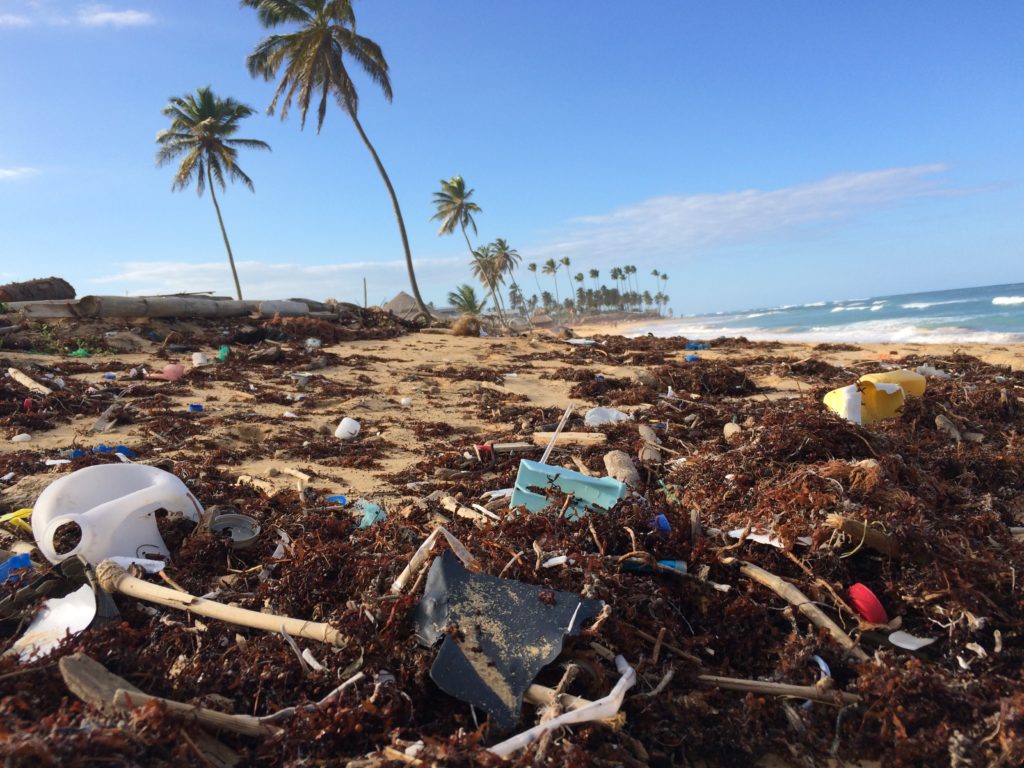
Consumers across the world are becoming increasingly sensitive to issues surrounding plastic pollution. Initiatives calling for reduced use of plastic or cleaning out the oceans are becoming more and more common, while manufacturers are pledging to use more recyclable packing and popular supermarket chains are committing to put a stop to all non-recyclable plastic.
If implemented fully and properly, the recycling and reuse that are mentioned here can form key elements of circular economy.
We have previously discussed the value and path toward a circular economy, which could create 2 million jobs by 2030 and up to €600 million in savings a year. And have reported on Amcor’s plan to have 100 percent recyclable packaging by 2025, which it is working to deliver through operational improvements, collaboration with suppliers and partners, including EcoVadis, and driving innovation through product design.
Similar examples and circular economy were among the the key topics at the latest Sustain conference, EcoVadis’ annual event and one of the top sustainable procurement events in Europe, which took place in Paris on April 11-12.
Three core themes that emerged out of the discussions that can help understand circular economy from the point of view of business in general and specifically procurement were:
- Brand loyalty,
- Rethinking waste,
- Eco-design.
Brand Loyalty
The marine litter that we see is literally a drop in the ocean – there is much more that we cannot see. There is no question, we definitely need to turn off the tap on the plastic we produce. However, looking at the alternatives, the cost of the nearest one is about four times as much as that of plastic and is not necessarily likely to reduce the cost to the environment. Plastics, comparatively, cause less damage than alternatives. What we need to do, then, experts say, is to work with better plastics and focus on more effective collection, recycling and reuse.
“Focus on better plastics and design for the collection, reuse and recycling to ‘turn off the tap’ and start cleaning up,” said Patrick Thomas, Chairman, Johnson Matthey plc & Founder, World Plastic Council.
He explained further that this approach will not only help the environment but can also improve financial results and increase brand loyalty. “More than anything else that I see as a driver for circularity is brand loyalty, whether it’s in sports footwear, whether it’s in fashion footwear, the key is going to be about brand loyalty,” said Mr. Thomas.
“Seize the opportunity to use circularity to drive brand loyalty and bottom line results,” he added.
Rethinking Waste
Carbon dioxide is one of the better-known culprits behind climate change and it may be hard to imagine that it can also be used as raw material. In fact, the idea of using carbon dioxide in this way has been around for decades. But it is only possible with the use of the right catalyst. With nanotechnology in full swing, this possibility has become real.
A supplier of premium polymers, Covestro, has applied this innovative technology to produce foam mattresses. Foam mattresses are typically manufactured from petroleum and the Covestro line uses still it. But some 20 percent of the material in each mattress comes from carbon dioxide, which has been turned into plastic becoming a valuable raw resource.
The scientists behind the method as well as the manufacturers are adamant that we need to change our thinking. Instead of waste management, resource management. Instead of linear thinking, embracing exponential thinking and the discomfort of change.
Eco-Design
Effective recycling and reuse and is easier achieved when we start with the right design. “Design for sustainability and circularity. Being intentional and planning for circularity is the only way to move sustainability goals forward,” said Mr. Thomas.
A great example of eco-design – and a great story of collaboration – is a joint effort by Versalis, which supplies the raw material (polyethylene), RadiciGroup, a manufacturer of fibres for sport applications, and Safitex, a manufacturer of synthetic grass turf. The three companies who teamed up to recycle synthetic grass for sports fields in line with the principles of circular economy. A plastic grass football pitch has on average a lifespan of seven years, following which it goes to a landfill or is burnt.
At the end of its life, synthetic grass turf can now be recycled like other plastics: It is collected, shredded and processed for other applications in the sports sector (shin guards, elbow pads and bibs) or for furnishings (vases, accessories and garden equipment).
We are yet to how soon the circular economy principles will be implemented on a wider scale. However, according to the World Economic Forum “The pressure on resource productivity is reaching a breaking point. The need for action and ability to act have never been better aligned.”
About the Author
Follow on Twitter Follow on Linkedin Visit Website More Content by EcoVadis EN






















